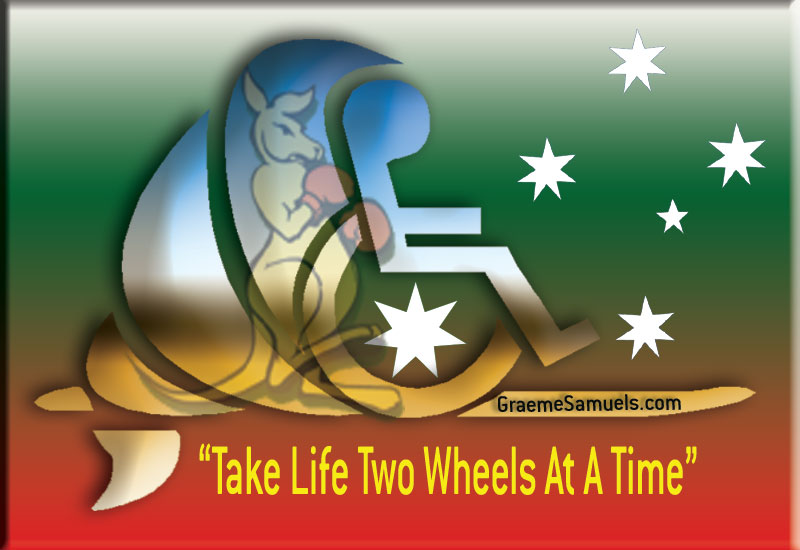
Home Town
Born @ Yass Hospital
Yass was first settled in 1824, after being discovered by the explorer Hamilton Hume. A local wool industry soon sprang up and by 1830 a small village had begun to develop on the south bank of the Yass River. Hamilton Hume retired to Yass and purchased Cooma Cottage, where he lived with his wife until his death in 1873.
During the early 1800s, Yass had established itself as a rest stop for travellers en route from Sydney to Melbourne. Yass was once considered an alternative to Canberra as the capital of Australia.
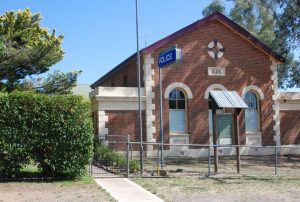 Home Town – Binalong (MAP)
Home Town – Binalong (MAP)
Binalong is a quiet and Historic village of some 250 people set in undulating hills on the Burley Griffin Way . Prior to European occupation. There was a large Aboriginal population in the area, mostly Ngunnawal people.
Indeed the Town’s name derives either from An Aboriginal word meaning “towards a higher place” or from “Bennelong” the name of a noted Aboriginal.
In 1821 the exploratory party of Hamilton Hume became the first known group of Europeans in the area.
Hume returned with William Hovell in 1824 during their ground-breaking expedition to Port Phillip Bay (i.e.,Melbourne ). Settlers followed them, bringing flocks of sheep which represented the start of the local wool industry
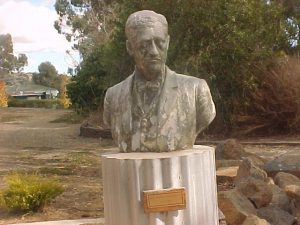 In its early days the township was a major stopping place for Cobb & Co coaches. When the railway arrived in1876 it became a departure point for gold shipments from Lambing Flat
In its early days the township was a major stopping place for Cobb & Co coaches. When the railway arrived in1876 it became a departure point for gold shipments from Lambing Flat
Ben Hall’s bushranging gang harried the district around Binalong throughout 1863 and 1864, robbing travellers, stores and mail coaches.
Australian Bush Range Johnny Gilbert, Flamboyant Canadian-born bushranger, a member of Ben Hall’s gang, was killed in 1865 during a gunfight on the Boorowa Rd. If you head out of town along the Harden Rd for 1 km his grave is to the left at the town outskirts.
The sign at his grave notes:
John Gilbert – Bushranger. Was shot by Constable John Bright in a battle with police near Binalong on Saturday 13 May 1865. Only 25 years old at the time of his death he had followed a life of crime for 10 years and was the most reckless villain (sic) of the Gardiner-Hall gangs of bushrangers.
On the credit side it can be said he was a splendid horseman, a deadly shot, game with fists or gun. Always polite to women and of irrepressible good humour and witty speech. On Tuesday 16th May 1865 the body of “Flash” Johnny Gilbert was buried in the police paddock near Binalong township.
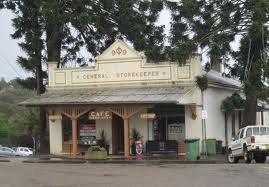 The shoot-out occurred just eight days after Hall was killed near Forbes. Gilbert and his comrade John Dunn were hiding out in a hut owned by Dunn’s grandfather, John Kelly. Kelly informed the police of their whereabouts and when the sun arose on May 13 they had the hut surrounded.
The shoot-out occurred just eight days after Hall was killed near Forbes. Gilbert and his comrade John Dunn were hiding out in a hut owned by Dunn’s grandfather, John Kelly. Kelly informed the police of their whereabouts and when the sun arose on May 13 they had the hut surrounded.
As the troopers rushed the hut the pair fled for the bush firing but Kelly had wetted Gilbert’s cartridges and the bushranger was struck fatally in the chest. Dunn was caught at the end of the year and hung in 1866.
One of Australia ‘s best-known poets, A.B. ‘Banjo’ Paterson, moved to nearby ‘Illalong’ station (opposite the Illalong Quarry on the Yass Rd ) at the age of five, when his father bought the property in 1869. The bank foreclosed but Paterson Snr stayed on as the manager of ‘Illalong’ and of two adjoining properties.
‘Banjo’ attended school at Binalong but, in 1874, was sent to a grammar school in Sydney , returning to the station in the summer holidays. The township featured in and influenced a number of his poems (e.g., ‘The Bush Christening’). His father is buried in the local cemetery
The Ben Hall gang robbed travelers on the roads, the mail coaches, the gold escorts, hotels, farm houses and even held up whole towns. The police seemed to be unable to stop the gang. At first people thought this was fun, the police being made to look like fools. Gilbert and John O’Meally did the first daylight bank robbery in Australia in July 1863. They rode into the town of Carcoar and tried to take money from the bank. The man working at the bank grabbed his gun and fired it twice. Gilbert and O’Meally ran out of the bank, quickly got on to their horses and rode away.
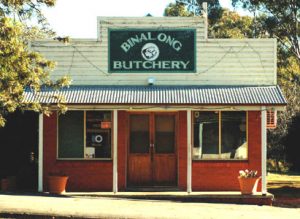 But as the number of robberies continued, people became scared and wanted the government to do something. In 1864 Gilbert killed a policeman, Sergeant Edmund Parry, during a robbery near Jugiong. The police search for Gilbert became urgent.
But as the number of robberies continued, people became scared and wanted the government to do something. In 1864 Gilbert killed a policeman, Sergeant Edmund Parry, during a robbery near Jugiong. The police search for Gilbert became urgent.
At Springfield, near Goulburn, Gilbert tried to rob four young brothers. The boys fired their guns and kept the bushrangers back. Gilbert tried to shoot one of the boys, but his stolen race horse (called “Young Waverly”) got in the way. The horse died immediately and Gilbert was trapped under the dead horse. People thought that this was very funny; a dangerous bushranger being made to look like a fool by a group of boys.
In 1865 another another policeman was killed by another member of the gang, John Dunn. Members of the gang were declared outlaws. This meant they could be killed by anyone at anytime. The police shot Ben Hall dead near Forbes on May 5, 1865. On May 13, 1865 Gilbert and Dunn went to hide at John Kelly’s (Dunn’s grandfather) house. Kelly told the police at Binalong where the two bushrangers were hiding so he could get the reward money.
The police went to the house, but Gilbert and Dunn climbed out a window and ran down to Billabong Creek to escape into the bush. Constable King was shot in the foot, and Dunn was shot in the arm. Gilbert was shot dead when he stopped to shoot back at Constable John Bright After an inquest to record how he died, he was buried at Binalong, in the field where the police kept their horses. Gilbert was a bad criminal. He had been in 630 robberies[6]. Dunn escaped but was captured six months later. He was hanged in Sydney in March 1866.
